|
We all talk about how life at the Castle felt like coming home. But what about the closer relationships that we had while in the school or the hook-ups that took place between alumni after leaving M&A?
Who was that special someone that you met while at M&A? Was it someone who held your heart for years or was that person an unspoken crush from afar? At the very least, you've had more than thirty years to reminisce. It's time to share.
13 Comments
Believe it or not, there were elementary school children and high school seniors roaming the hallways of the Castle when the first HSMA freshmen arrived.
Page 31 The meager subsistence granted in the middle thirties to musicians and artists was reflected in the initial allotment of funds for HSMA. The authorities may have felt that LaGuardia’s urge to get the school going might subside, so let there be no rash commitments. Should his eagerness persist he would appreciate, proud as he was of his battle against waste, a proper show of economy. And so a prudent beginning was announced. There were some vacant rooms in the building up on St. Nicholas Terrace at 135th Street that had housed the gradually depleted New York Training School for Teachers and was used in part by Public School 134 and in part as an annex of Wadleigh High School for girls. Tentative arrangements were made for their gradual evacuation, should the new school take hold and grow.
school. The Wadleigh seniors were relatively tall mature young women who must have found their over-eager, darting twelve- and thirteen-year-old schoolmates a bit trying. And so must the little six- and eight-year-olds of P.S. 134, not always sheltered from the rush of the newcomers through the halls between classes.
Page 35 The division between the two “divisions” was distinct and pronounced. An elementary-school assistant superintendent supervised his own domain, and let there be no infringement, no trespassing thereupon! Should a bewildered HSMA first-timer find himself beyond the swinging doors that separated the two schools, an indignant call would come from the assistant superintendent ‘s office, most likely followed by an indignant call from the high-school assistant superintendent ‘s office. Territorial integrity of each of the two zones was sometimes put to the test and diplomatic relations between them strained. Example: occupation of the faculty lunchroom was shared by the teachers of both schools, with guaranteed freedom of access at all times, and due precaution taken against any provocative incident such as might be caused by an HSMA student, late for class, making a flying leap across a P.S. 134 teacher’s borders. The concrete school yard was public-school territory, the P.S. 134 children played there in relays the whole day, and their shrill voices outside made the distraught HSMA French teachers in the rooms on the second floor right above raise their eyes to heaven and mutter appeals to the name-of-a-name. It was several years before a new public-school building was completed so that those children could move out. 1 Next time you roam the hallways of the Castle, look closely. You might find the crayon etchings of former playful students. 1 Benjamin M. Steigman, Accent on Talent, Detroit, Wayne State University Press (1964): 31 - 35
By Bernie Bierman - Class of Spring 1951
(As seen on Facebook, Music and Art High School (M&A), May 1, 2015)
The M&A Class of June 1951 held its 50th graduation ceremony in early June 2001. Among other celebratory things, a commemorative album was produced. Following is the introduction to that album. I believe that many if not all of you will relate to some of the things that are said.
"When talking to many people about high school reunions, I have come away with the feeling that to most, high school reunions are more interesting, and often more important than college reunions. The people with whom I have spoken appear to recall their high school classmates more vividly than they do their college classmates. But on the other hand, when I asked those same people whether they felt the bonds made during those high school years had lasted, the response was in some cases a qualified “yes”, but in most cases, a clear “no”.
My four years at Music & Art were spent not so much as a participant but more as an observer. Why I chose this path is of course another story for another day. Yet, it was this very role as observer that would in time lead me to bring together so many of those people who I, in a manner of speaking had shunned, but at the same time had carefully observed.
When I walked down the steps of St. Nicholas Park for the last time on June 26, 1951, I wanted to purge myself of all thoughts of the previous four years. I was fairly much convinced that I had made a serious error by choosing to attend M&A, and indeed for the following ten or so years, I gave little if any thought to those days on St. Nicholas Heights.
As the transition into adulthood took hold, I began to realize that my decision to attend Music & Art High School was not a grievous mistake, but on the contrary a very wise choice. Maturation had now made me see, and realize even more how fortunate I had been to spend four years at this school. However, a school by itself is in a certain way an abstraction. What is concrete, what is specific are the people of the school. And the people of this school were my classmates, all 288 of them…special, unique, interesting, fascinating boys and girls, and equally special, unique, interesting, fascinating men and women, as this album will clearly demonstrate.
Bernie Bierman August 2001 Pawling, NY"
By Bernie Bierman - Class of Spring 1951
(As seen on Facebook, Music and Art High School (M&A), August 31, 2015)
You music majors probably recall one of the most oft-asked questions at M&A: "What instrument did you come in on?" As one of our English teachers once commented, this conjured up the image of people entering the school on a rolling piano or a floating violin or a flying flute.
Well, I "came into" Music & Art "on the violin", or at least a violin. But allow me to stop here for a while and reveal something that many of you never knew or refresh the memories of those who may have forgotten (you see, even at age 14 I was an addicted observer):
The hardest instrument "on which to get into M&A" was the piano. Why? Because once you got into the school, there was really nothing practical that could be done with pianists. An all-piano "orchestra"? Not likely. Two thousand four hundred piano recitals? I doubt it. What the school really needed and wanted in the music domain were instrumentalists, namely people who played instruments that were slightly more portable. After all, it had 1 string orchestra, 5 symphony orchestras, 2 symphonic bands and an "illegitimate child" known as the dance band. That translated into a hunger for string players, woodwind players, brass and percussion players. So the bottom line (no one even heard of the expression in those days) was that all of those kids "coming in" on all of those rolling pianos had to be re-trained (or as the Chinese Communists might have said, "re-educated") on strings, woodwinds, brass, percussion or voice. Thus, the entrance exam for pianists was made far more difficult and demanding than for a player of any other instrument (save for the saxophone and accordion, which is another story for another day).
And for what particular instrumentalist was the school literally desperate? Violinists. That one string orchestra and those 5 symphony orchestras needed fiddlers, lots of fiddlers. And wasn't it more practical to get a mediocre fiddler who could play "Variations on Mary Had A Little Lamb" than to get an outstanding pianist who would need a year's training or two on the instrument to learn "Mary Had A Little Lamb" (senza variazione)? "Give us your tired, your poor, your violinists" said the beacon high atop the Castle-on-the-Hill.
...
I took the entrance exam for Music & Art in the Spring of 1947, for which I practiced the Bach A minor Violin Concerto for not more than 1 hour and 10 minutes, the extra 10 minutes being a clear indication of my intent to get into the school. But why the Bach violin concerto? A reliable intelligence source had informed me that Isidore Russ, a certified Bach fanatic, would most likely be the violin examiner. Today we would call this "marketing".
|
YOUR TIMEOpinions and commentary from the alumni on life at M&A. ArchivesCategories
All
|

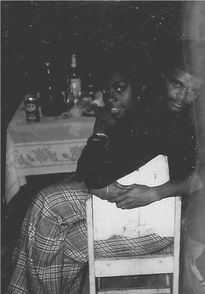

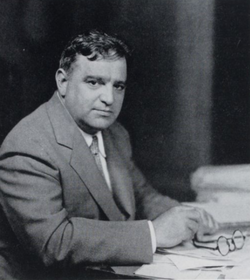
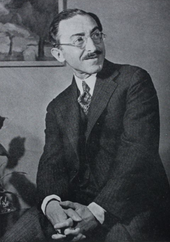
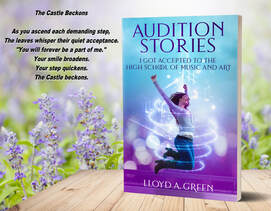
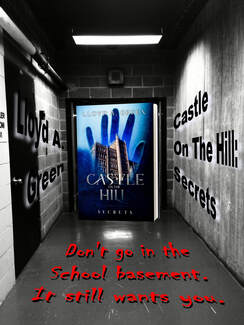
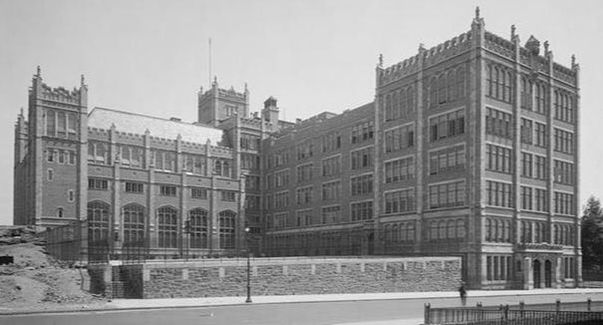
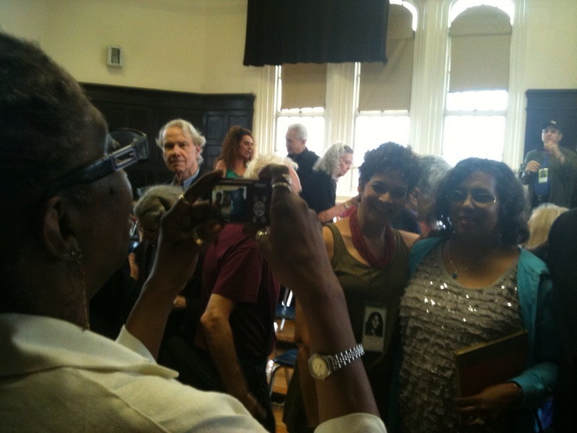
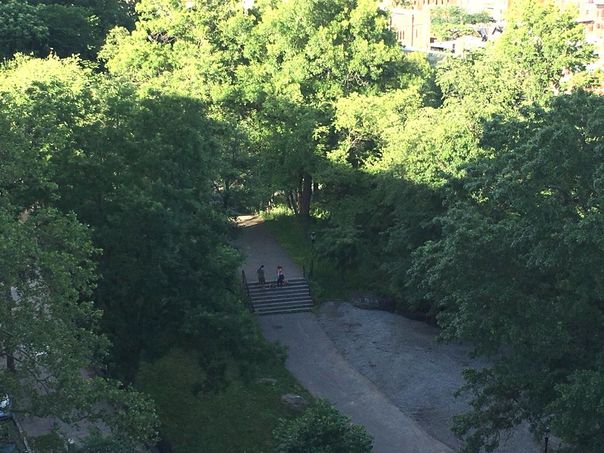
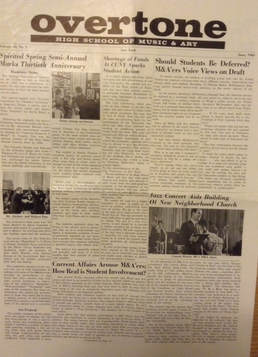
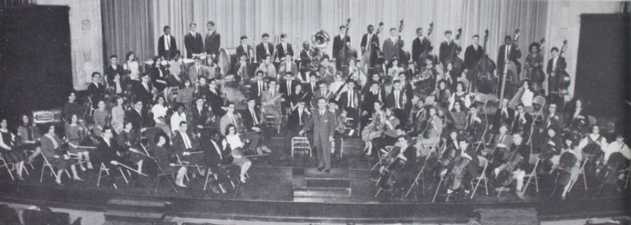
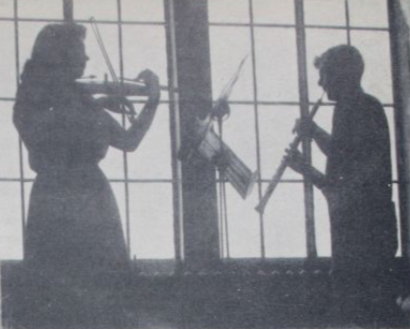
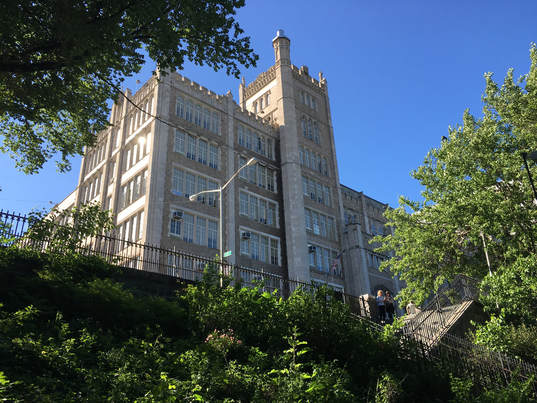
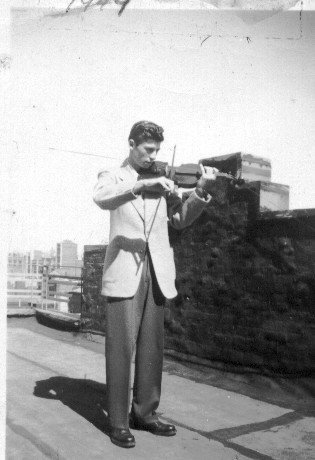
 RSS Feed
RSS Feed